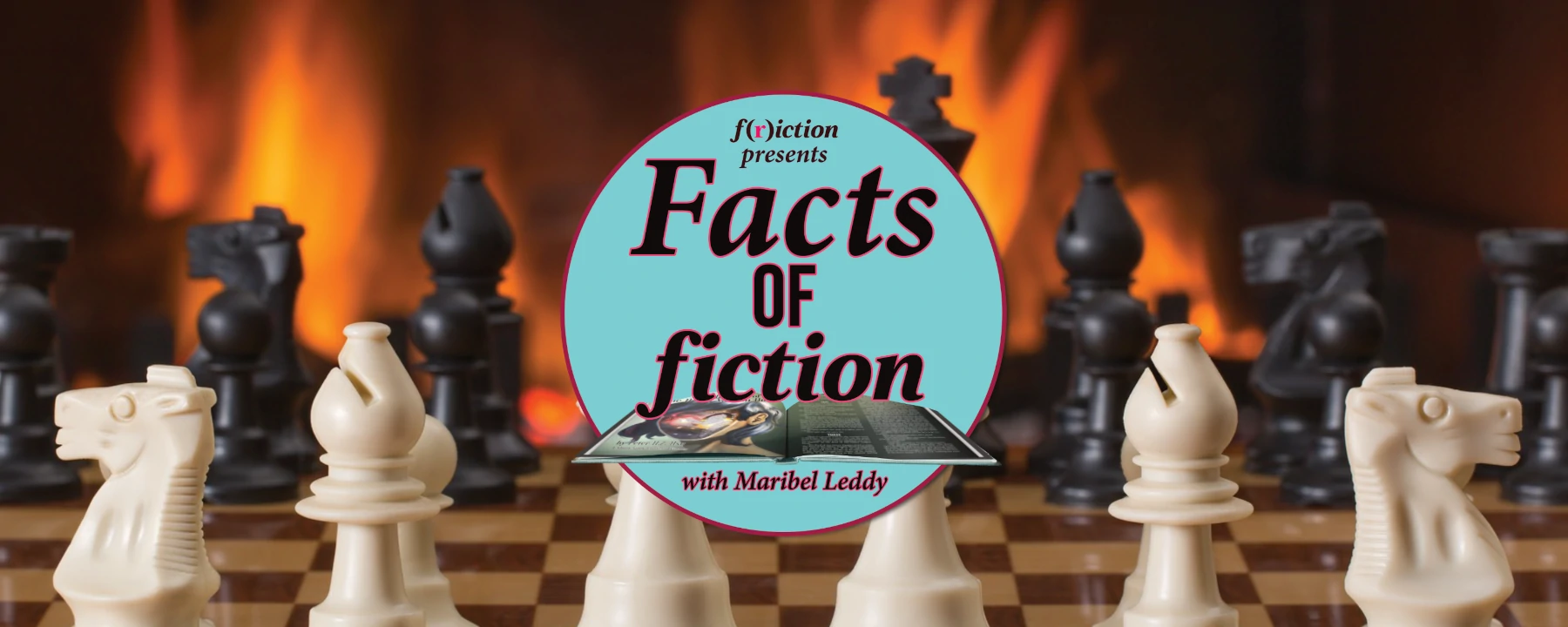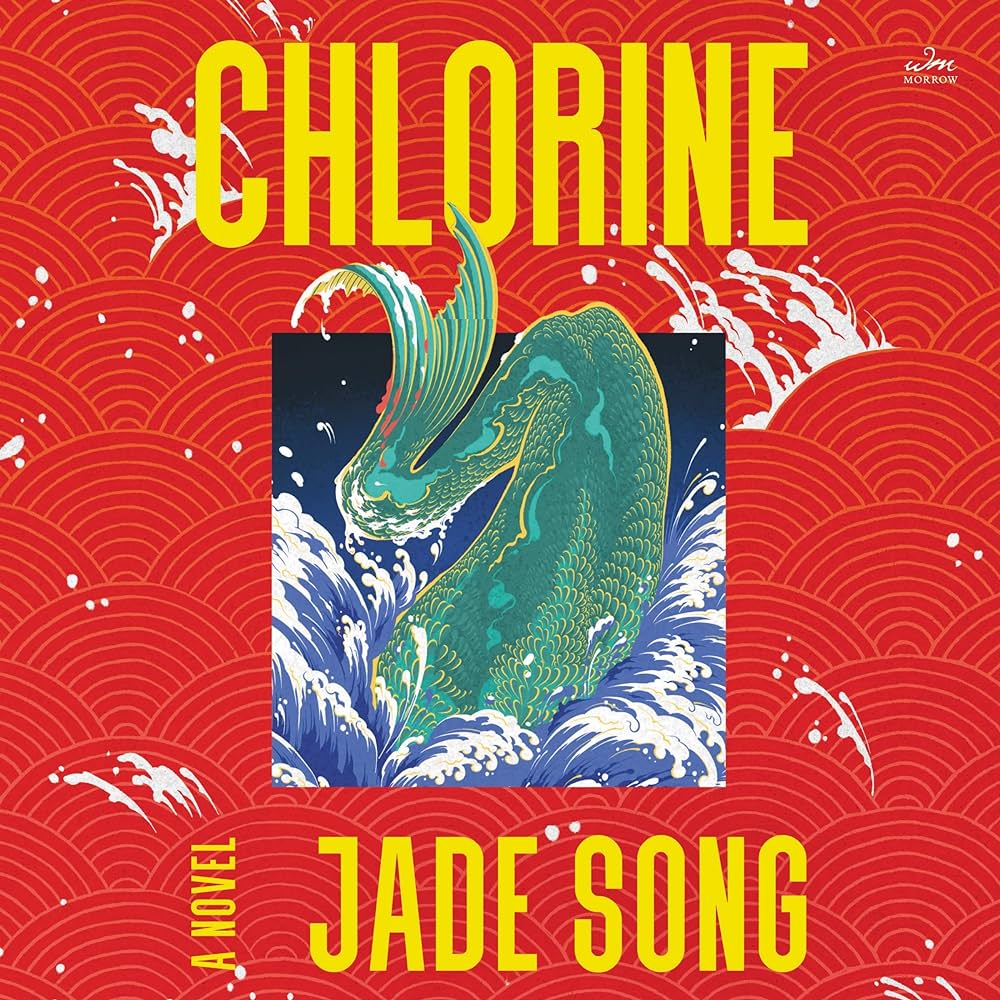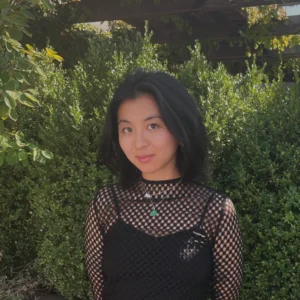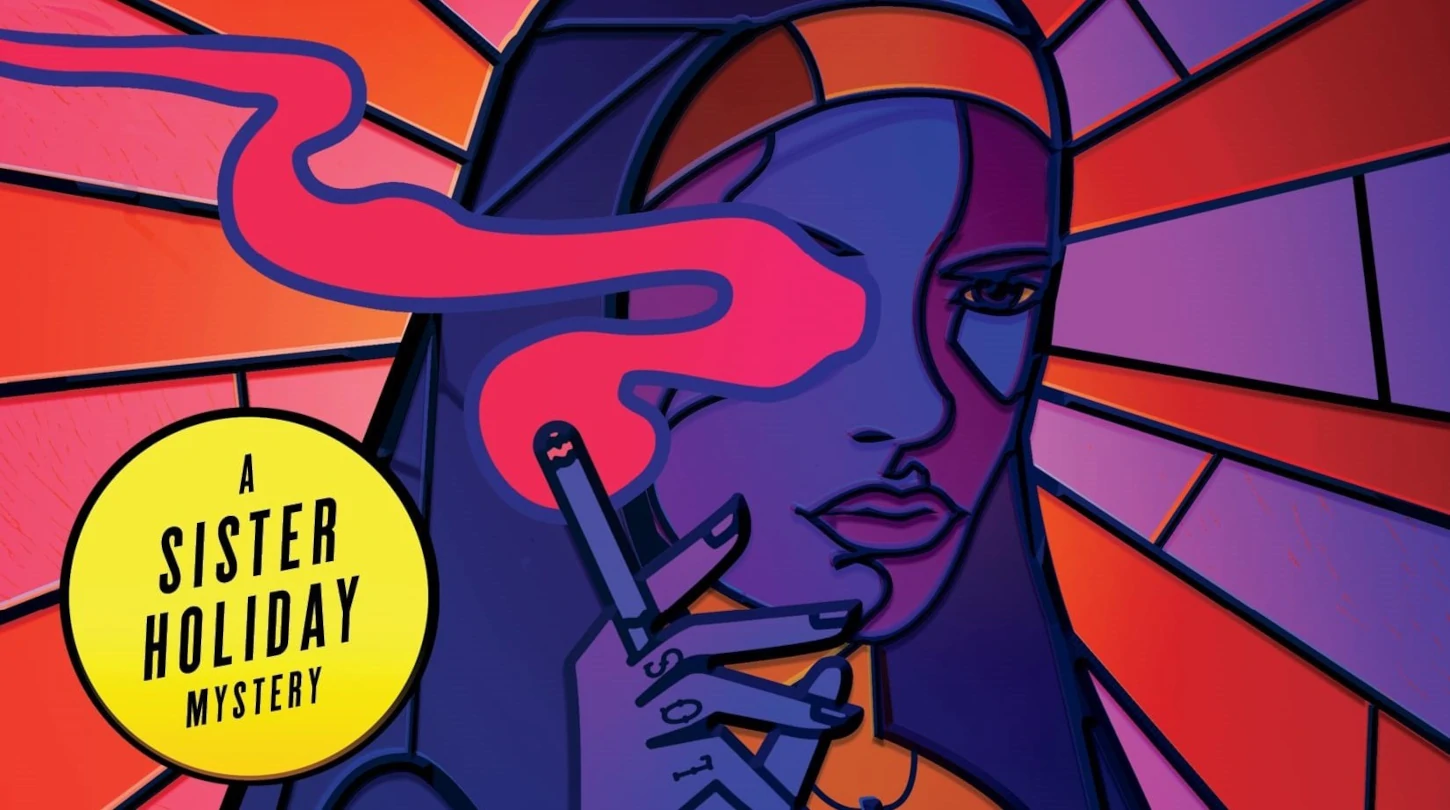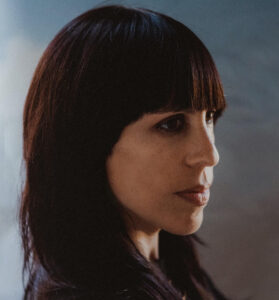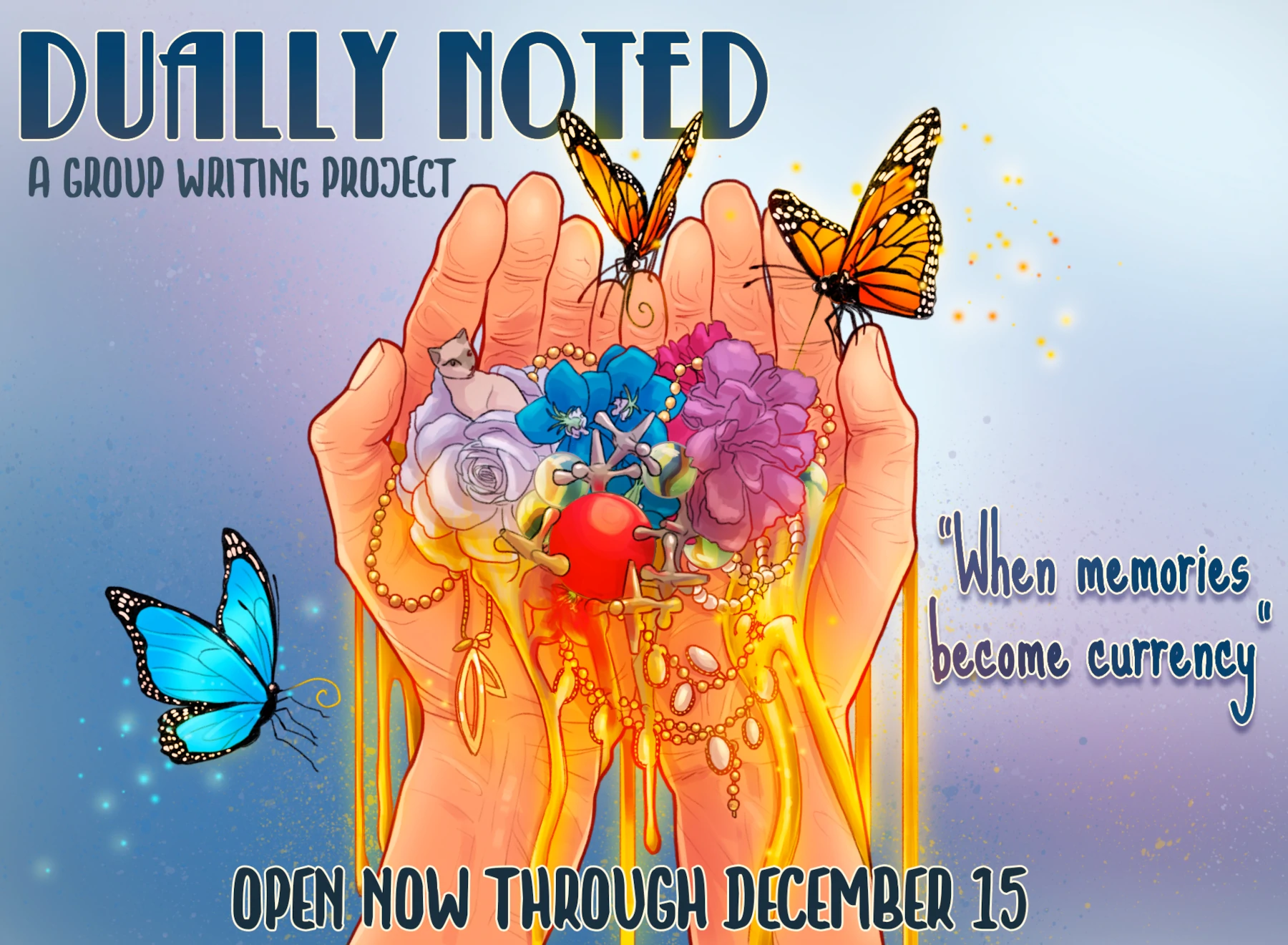
Show and Tell: Why You Should Show, Not Tell!
Whether from a writing professor, workshop peer, or favorite author, you must have heard it before: the oft shared and somewhat dreaded advice of “show, don’t tell.” But what does this mean, and how does one approach doing it?
The “golden rule” of writing, “show, don’t tell,” describes a creative technique, or style of writing, that enables the reader to experience the story rather than be told it. To achieve this technique, a writer must employ actions, senses, figures of speech, and other vivid details so that the reader is fully immersed in the narrative.
Even the best of the best writers struggle with showing over telling. But learning how to do it gives writing a sense of finesse, excitement, and reality no matter what genre or format it takes. Here, we discuss techniques you can use to avoid telling rather than showing and share examples of what they look like on the page. We also cover what filter words are and supply an exercise you can do to improve your writing instantly. Read on to keep learning!
The Power of Showing
“Show, don’t tell” is not used only in literature but in every form of storytelling, including film, television, podcasts, stage plays, and more. Let’s show you the power of showing rather than telling through some classic examples from various forms of media.
Film
In Jurassic Park, the cup of water rippling before the T-Rex shows up exemplifies the idea of “show, don’t tell.” Rather than having a character suddenly exclaim, “Look! There’s a T-Rex heading right towards us!” and pointing in that direction, the vibration of the water indicating something large headed their way and the expressions on the characters’ faces when they realize what’s coming imbues the scene with a sense of fear and anticipation. The watcher already knows danger is on the way by the time the T-Rex shows up on screen.
Books
Taking the same scene from the novel version of Jurassic Park, Michael Crichton writes:
Tim scanned the side of the road. The rain was coming down hard now, shaking the leaves with hammering drops. It made everything move. Everything seemed alive. He scanned the leaves . . .
Here, the reader is placed fully in Tim’s experience of the action. Words like “shaking” and “hammering” indicate the level of powerful vibration occurring from what we later discover to be the T-Rex’s steps. We are Tim, experiencing his growing anxiety and anticipation about his surroundings. Rather than telling us that Tim is getting scared, we feel his emotional state..
Poetry
Poets often use rich metaphors to show the reader what’s happening. Take “Face Down” by Kelli Russell Agodon, the second in her suite of Three Poems. In it, there is the line, “he’s joking, his elbow baring / down on some back bedroom in the house / of my spine. He asks how it feels.”
Through the use of words like “baring” and the comparison between the narrator’s back and a house, the reader experiences both the physical and the emotional pain the narrator does. Also, Agodon playfully blends the homophones “baring down” and “bearing down” to indicate emotional exposure or reveal and applying pressure, respectively. This shows the reader multiple facets of the moment for both characters at once.
When to Use “Show, Don’t Tell”
While the general rule of “show, don’t tell,” should be applied to almost all of your writing, there are specific places in the text where it’s typically used best.
Character Descriptions
When introducing a new character, you need to tell readers what they look like. On a TV or movie screen, this is done easily. But even when viewers can actually see the character, there are ways to tell the viewer more about them. For example, costuming is a huge part of letting the audience know more about a character. Someone who wears designer clothing may be rich or at least trying to appear it. If they wear only bright clothing, they may purposefully be trying to stand out. A character who starts out with long hair but chops it off halfway through may be going through emotional turmoil.
In writing, picking and choosing what to show through character description depends on who is narrating and what you want readers to pick up on instantly. Here’s an example from Maya Angelou’s I Know Why the Caged Bird Sings of rich character description that supplies us with more information than just what the character looks like:
Her skin was a rich black that would have peeled like a plum if snagged, but then no one would have thought of getting close enough to Mrs. Flowers to ruffle her dress, let alone snag her skin. She didn’t encourage familiarity. She wore gloves too. I don’t think I ever saw Mrs. Flowers laugh, but she smiled often. A slow widening of her thin black lips to show even, small white teeth, then the slow effortless closing. When she chose to smile on me, I always wanted to thank her.
An autobiography, I Know Why the Caged Bird Sings follows the early years of Angelou. This moment describes her meeting Mrs. Bertha Flowers, who later becomes a mentor figure and savior of sorts to her. Examine the text and ask yourself: What does this description tell me about Mrs. Flowers as a character? What does it tell me about the narrator? What other information can I draw from it?
Emotional Responses
The way that a character reacts to different situations says a lot about them. Describing their reactions in writing can be a tricky balance of being too on-the-nose and too vague. Rather than saying, “He was mad,” outright—telling the audience how he felt—try describing how he expressed that anger: “His face turned red and his nostrils flared. His breath blew hot against my face and I flinched back.” In the second version of the sentence, the reader sees how anger manifests in this person and also how the narrator reacts to this kind of anger, so you have two moments of characterization that you otherwise wouldn’t. Telling creates distance for the reader. Showing creates closeness, and even an emotional response, through specificity. It’s clear that he isn’t just mad, he’s livid and scary, and is potentially putting our narrator in danger.
Taking this further, let’s examine an excerpt from Anna Karenina by Leo Tolstoy. In the first pages of the novel, we learn that a man has cheated on his wife. In this scene, she discovers it by way of a letter, and we get his reaction upon her discovery:
There happened to him at that instant what does happen to people when they are unexpectedly caught in something very disgraceful. He did not succeed in adapting his face to the position in which he was placed towards his wife by the discovery of his fault. Instead of being hurt, denying, defending himself, begging forgiveness, instead of remaining indifferent even—anything would have been better than what he did do—his face utterly involuntarily (reflex spinal action, reflected Stephan Arkadyevitch, who was fond of physiology)—utterly involuntarily assumed its habitual, good-humored, and therefore idiotic smile.
A few questions to consider post-reading: what does this short paragraph tell you about the character of Stephan Arkadyevitch? What does it tell you about the narrator or point of view in the novel? How might you expect Stephan’s wife to react to his “habitual, good-humored, and therefore idiotic smile”? We immediately understand that Stephan, caught in his adultery, calculates how to respond to his wife, indicating some falsity in his guilt. The fact that he can only muster an idiotic smile shows us that he’s terrible at being bad and something of a pathetic figure.
Setting Descriptions
Giving readers a sense of where and when a story takes place is essential to them experiencing it. Setting goes a long way not only in placing the reader in a time and space but also in helping them understand the mechanics of your world. When describing setting, focus on the five senses: how does this world feel, smell, sound, look, and even taste?
The goal with “show, don’t tell” is to better engage the audience in the story by making them feel like they are living it themselves. Using language that does this—and avoiding language that doesn’t—is key to telling a story that feels like an experience.
Pachinko, a novel by Min Jin Lee about four generations of an immigrant family set in twentieth century Korea and Japan, opens by telling us about the first generation of this family. One way that Lee sets the scene is through describing their house:
The wooden house they had rented for over three decades was not large, just shy of five hundred square feet. Sliding paper doors divided the interior into three snug rooms, and the fisherman himself had replaced its leaky grass roof with reddish clay tiles to the benefit of his landlord, who lived in splendor in a mansion in Busan. Eventually, the kitchen was pushed out to the vegetable garden to make way for the larger cooking pots and the growing number of portable dining tables that hung on pegs along the mortared stone.
Let’s think about what this excerpt tells us about the rest of the story. What can we assume about the characters? What do we imagine the characters might do in this house? How does describing the house help place us in the story? Through “showing” language, an author can imply a great deal about the characters and world to the reader without ever saying them overtly. In Min Jin Lee’s passage, we infer the passage of time and the growing of the family because of the descriptive details about the house. We may also infer information about how rich or poor this family is and how they feel about their landlord.
These examples of “show, don’t tell,” help us understand why it’s such an important part of telling a good story. It gives mere words the power to turn into felt experiences for a reader. Next, we’ll cover ways you can start to imbue your own work with the “show, don’t tell” style of writing.
Understanding Filter Words
Filter words increase narrative distance in writing by placing the character in the spotlight rather than the experience. They put a barrier, or filter, between the reader and what the character is experiencing. Generally speaking, filter words relate to the five senses: sight, sound, taste, smell, and touch.
Common examples of filter words include:
- Saw, look, see
- Hear, heard, listen
- Taste
- Smell
- Felt, feel
- Realized, knew
- Remembered
- Decided
- Noted
When looking for filter words in your writing, search for places where you say things like:
- I saw the open window in front of me.
- I tasted copper on my tongue.
- He remembered when his brother was alive.
- She noticed a piece of paper lying on the ground.
In all of these instances, the reader is being told what happened rather than experiencing it for themselves. Try to replace areas where you notice this happening with things like:
- A light breeze rustled my hair as I approached the window.
- A bloody glob of spit dripped down my chin, staining the ground copper below me.
- His brother had once walked these halls, the winter chill seeping through the hard granite and into his toes.
- The paper, rough and dry against my fingers, was stained brown and wet from the mud.
In replacing these moments, remember to stay true to the experience the character is going through. For example, to build a sense of anticipation and fear in a scene, you would use different language than if you are describing a tranquil moment.
This all said, you don’t have to ban the use of filter words in your writing entirely. They can be used intentionally to enrich your writing, mix up your narrative style, or say something simply. But in all these instances, they must have a clear purpose and should be used sparingly. For example:
- The midday sun beat down on his shoulders, dampening his shirt. When an arresting stench drifted up to his nose, he realized that he forgot to put on deodorant, and wondered if his date with Marguerite was already over.
In this short paragraph, we get moments of both showing and telling. Balanced together, they work to create characterization while providing us with minor expositional details at the same time. All in all, the effect is that the narrative continues moving forward while we remain fully inside the narrator’s point of view.
Four Practical Tips for Showing, Not Telling
Learning how to show and not tell takes time and practice. But aside from eliminating most or all filter words from your writing, you can also take these steps:
- Use sensory details.
Instead of using sensory verbs, which can become filter words, appeal to the reader’s sense of taste, touch, smell, sight, and sound through description. Some examples of sensory details include:
- Her cheek blushed bright beneath my lips as I pressed them to her pillowy cheek.
- A strange rustle altered me to movement. I turned. There, bathed silver in the moonlight, stood the unicorn, its long horn cutting a sharp shadow through the meadow.
- A burning, smoky scent hit her nostrils and the back of her throat as soon as she entered the car.
In all of these examples, details relating to the senses add to the scene by avoiding things like, “I saw a unicorn in the meadow,” or “I smelled the scent of cigarettes in the car.”
- Utilize dialogue.
How characters speak can reveal many things about them, such as hints as to where they’re from, how old they are, and what they do for a living. In screenplays, the use of dialogue is often the best way to build exposition in a scene. Throwing us back to Jurassic Park, this scene exemplifies dialogue used exceptionally well to not only feed the audience important information, but also to help us understand the characters in the scene.
- Use action to convey emotion.
When a person in real life is joyful, upset, or otherwise experiencing a strong emotion, they don’t always express themselves through words or simply think “I’m sad.” Instead, what they do and say shows us how they’re feeling. Try doing this in your writing. For example, saying: “She slammed the door shut, threw herself on the bed, and burst into tears,” provides readers with a much more immersive experience than, “She was frustrated and sad.”
- Create atmosphere through description.
In literature, atmosphere is the feeling or sense evoked by an environment or setting. Why does a science fiction novel feel like science fiction? How does a writer build a sense of horror when telling a scary story? Many things can contribute to this, but one major way is through the story’s overall atmosphere. To build atmosphere, you use descriptive language. We dive deeper into this in the next installment of this series, but the simple answer is that you can use figures of speech such as metaphor, simile, and analogy as well as the sensory type details mentioned above.
For example, Bram Stoker’s Dracula brings out the spooky atmosphere through the descriptions, figures of speech, and sensory details used. One example is: “The grey of the morning has passed, and the sun is high over the distant horizon, which seems jagged, whether with trees or hills I know not, for it is so far off that big things and little are mixed.” The words “grey” and “jagged” stand out in particular as adding a sense of building eeriness as our unwitting protagonist Jonathan Harkness nears Count Dracula’s castle. Additionally, the phrase “big things and little are mixed” speaks not only to Harkness’s perspective on the landscape, but also to his confusion about it. Most people are capable of sorting out relative size and distance when looking at a landscape—the mountains are bigger than the buildings in reality, despite appearing smaller because the buildings are closer—so knowing that Harkness cannot indicates the supernaturality of his experience.
Avoiding Common Pitfalls
As mentioned earlier, it takes time and practice to master the art of showing rather than telling throughout your writing. But there are some common pitfalls you can avoid to help yourself along the way.
- Overusing adverbs and adjectives.
Adverbs and adjectives are both used to modify, qualify, and describe other parts of speech. They can work well to enhance the experience of the reader and provide a sense of atmosphere. However, they should be used very purposefully and sparingly, as they tend to slow down the narrative and can be an indication of places where the author is telling rather than showing.
For example, “She walked clumsily over to him,” is more simply and viscerally said as, “She stumbled over to him.”
- Relying on exposition instead of action.
Exposition is an essential piece of any story, but it can be tricky to implement it without giving the reader an info dump. You want to provide the reader with necessary background information as well as give them details on the setting and characters, but you don’t want them to get bored or be taken out of the story because of it. Try providing exposition through action to make it feel more natural. Some ways to do this include using dialogue, narration, internal monologue, or special devices.
- Lacking subtlety in characterization.
Authors tell us more about characters through the literary device of characterization. Physical descriptions of a character as well as their actions, dialogue, and affect on other characters all contribute to characterization. While you can use both direct and indirect characterization to describe someone, too much of either one may result in readers reading too much or too little into a character. It also feels clumsy to be too on-the-nose about who characters are. A character who is so overtly evil that they don’t feel real, for example, might take readers out of a story.
Exercise
To practice showing, not telling, take a previous piece of your writing and go through it looking for places where you use filter words or that can be strengthened through metaphor, simile, or analogy. Highlight those moments and then rewrite them to “show” better. When you’re done, take a look back and re-read those selections in context with the rest of the story. How has it transformed the delivery of your story?
The Path to Becoming a Better Writer
Mastering how to show, not tell is a key part of taking your writing to the next level. Use filter words sparingly, deliver exposition through action whenever possible, and rely on sensory details to imbue your writing with a sense of atmosphere. And remember, in this case especially, practice makes perfect. Keep an eye out for ideal examples of “showing” in works you love and think about how the author has achieved it. Plus, keep up with our Facts of Fiction series for more storytelling tips, tricks, and know-how.
